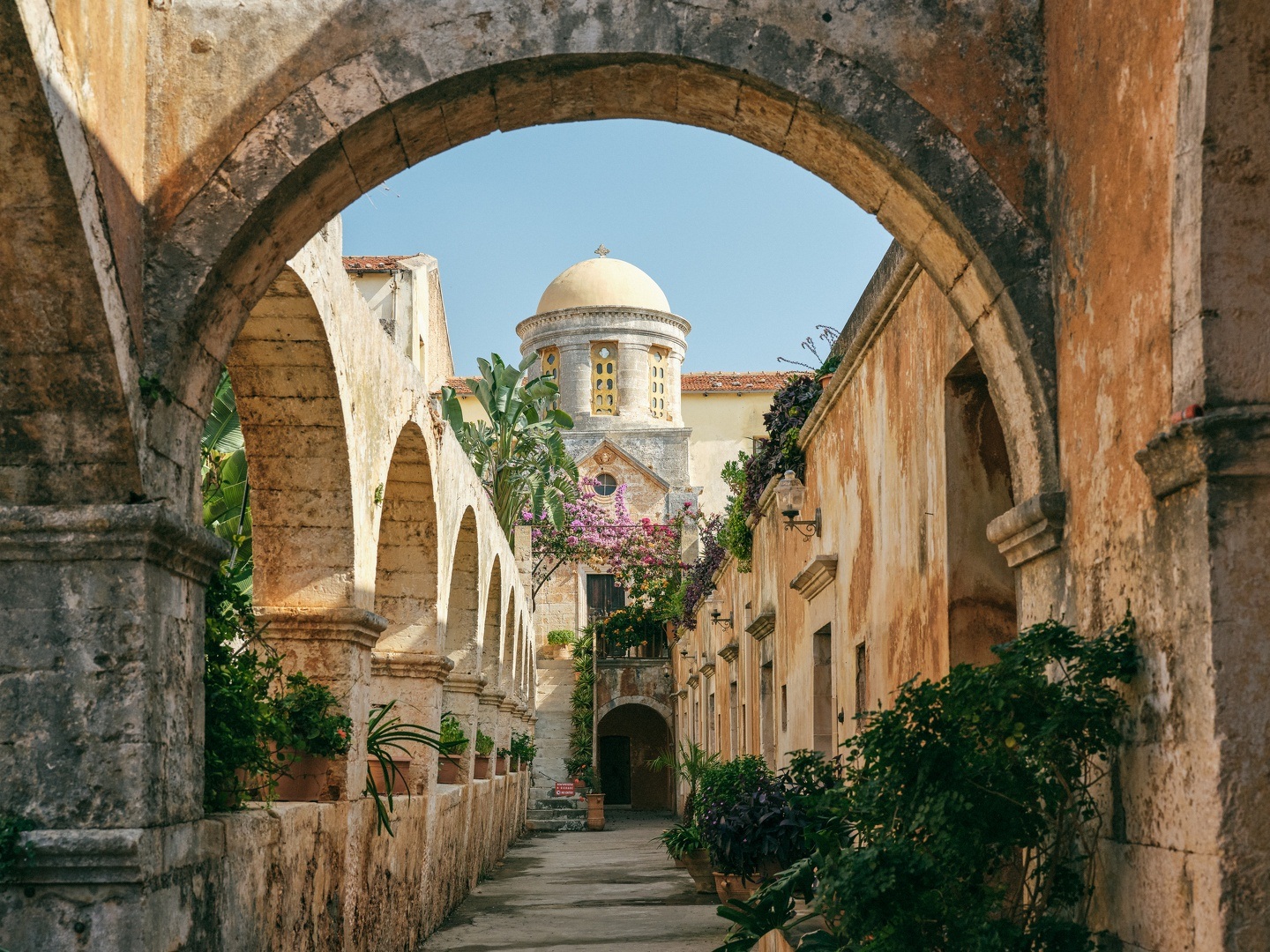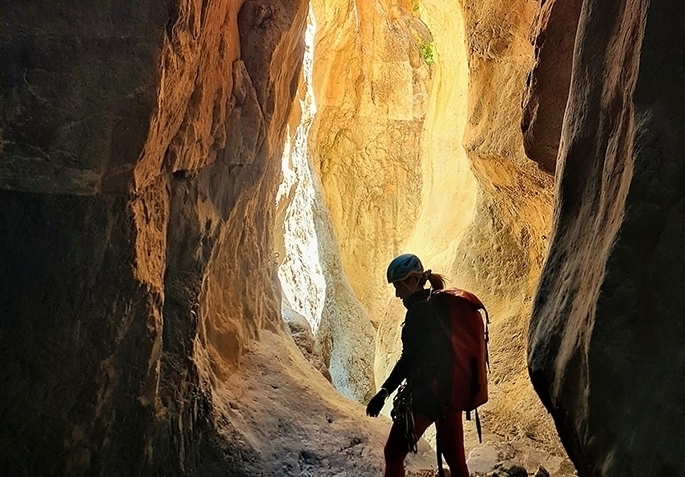The Loom: A Piece of Cretan Tradition Kept "Alive" by a Few!
Author Discover Crete
Culture
Culture

The scent of clean fabric and an air of motherly care welcomes me as I enter Kyra-Maria’s workshop in Zaros in Iraklio. Sitting at one of her four looms, the seasoned weaver adeptly passes the shuttle through the stretched white heddle threads, gradually forming a colorful vourgia, a traditional tote bag used by shepherds and farmers.
The wefts, or colored threads, on the loom next to this one are placed differently, as she uses it to make rag carpets, while the next loom over is a 3-meter giant used for larger pieces. “I used to work this one with my two children. The neighbors who heard me giving them directions so we could coordinate our movements used to say that I sounded like I was describing a soccer match,” she reminisces, laughing. As a general rule, however, the work of a weaver is a solitary occupation, and one that requires a great deal of patience.


Pieces made of wool, cotton and linen, and adorned with intricate Cretan motifs are laid out across the workshop like landscapes of the island. Kyra-Maria explains that they get their color from onion skins and various roots, as well as a dye made from walnut husks. Up until just a few decades ago, women were responsible for making all the linens and other textiles required for their families, from the curtains, bedsheets and blankets to the shirts, dresses, undergarments and swaddling wraps for infants.
What’s more, before getting married, a bride had to make such gifts for her betrothed’s uncles and aunts.
Kyra-Maria reverentially lifts the lid of a trunk and carefully takes out her grandmother’s beautifully embroidered nightgowns and knickerbockers. We touch the lace on their hems and, with a single exchanged glance, convey our respect for all the women who spun their own thread from lambswool and with it equipped an entire household.
Source: “Handcrafted Crete”, Isabella Zambetaki, Region of Crete































